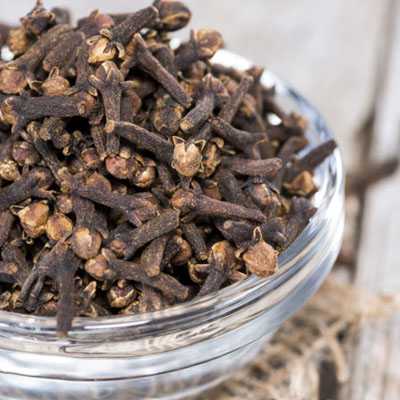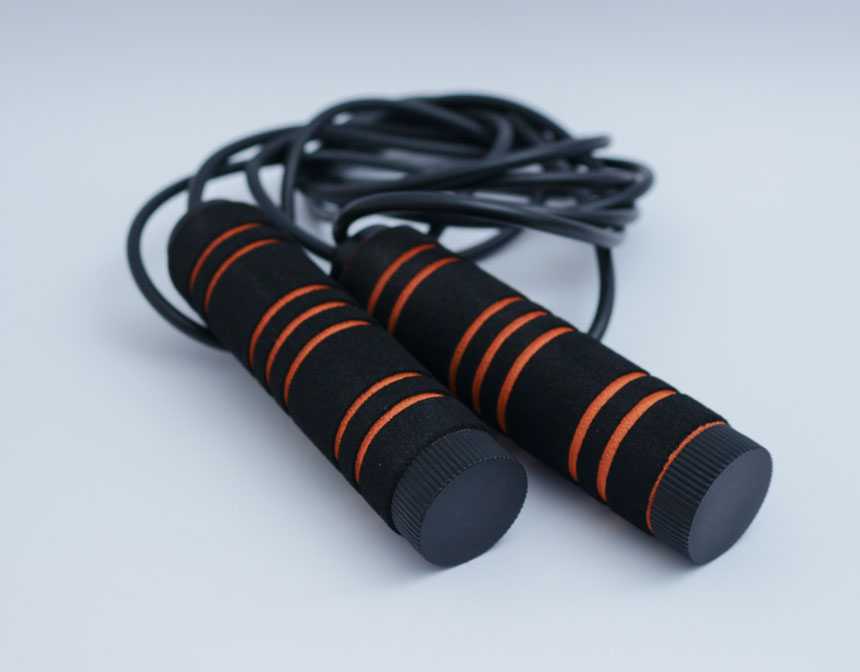What Are Pumpkin Muffins?
Pumpkin muffins are a delightful treat that bring together the warm, comforting flavors of autumn. With their moist texture and sweet, spiced flavor, they’ve become a favorite for many during the fall season. One popular variation of the classic pumpkin muffin is the pumpkin cream cheese muffin. This version includes a decadent cream cheese filling, adding a rich and tangy twist to the already delicious treat. The cream cheese not only enhances the flavor but also contributes to the moistness of the muffin, creating a perfect balance of taste and texture.
How To Make Gluten-Free Pumpkin Muffins?
For those with dietary restrictions or preferences, there are plenty of alternatives available. Gluten free pumpkin muffins can be easily made by substituting the all-purpose flour with a gluten-free flour blend. Ensure that the rest of your ingredients are gluten-free, and you’re good to go.
Similarly, vegan pumpkin muffins are a great option for those following a plant-based diet. By replacing the eggs with a vegan alternative such as flax eggs, and using non-dairy milk, you can create a delicious vegan version of this fall treat. Pumpkin banana muffins are another delightful variation, combining the flavors of ripe bananas and pumpkin spice.
How To Make Keto Pumpkin Muffins?
If you're following a ketogenic diet, you might be interested in keto pumpkin muffins. These are typically made with almond or coconut flour and use a low-carb sweetener instead of sugar. The result is a low-carb, high-fat muffin that fits into a keto diet. For those who are simply looking for a quick and easy recipe, there are plenty of easy pumpkin muffins recipes that require minimal ingredients and effort. These recipes often use a mix of pantry staples, making them accessible and straightforward to whip up, ensuring that you can enjoy the comforting flavors of pumpkin and spice anytime you desire.
What Is The Secret To Moist Muffins?
The secret to moist muffins lies in a combination of ingredients, techniques, and careful attention during the baking process. Here are some tips to ensure your muffins turn out perfectly moist:
1. Don’t Overmix the Batter: Overmixing the batter can lead to the development of gluten, which can make the muffins tough and dense. Mix the dry and wet ingredients until just combined. A few lumps in the batter are perfectly fine.
2. Use the Right Ingredients:
- Fats: Ingredients like butter, oil, or yogurt add moisture to the batter. Vegetable oil makes for moister muffins than butter because it is liquid at room temperature.
- Eggs: They contribute to the structure and moisture content.
- Brown Sugar: Using brown sugar instead of or in addition to white sugar can add more moisture due to its molasses content.
- Buttermilk or Yogurt: These dairy products add moisture and create a tender crumb.
3. Be Careful with Flour: Use the “spoon and level” method to measure flour instead of scooping it directly from the container. This prevents adding too much flour, which can dry out the muffins.
4. Check for Doneness Carefully: Start checking the muffins for doneness a couple of minutes before the recipe suggests. Overbaking can dry them out. A toothpick inserted in the center should come out with a few moist crumbs, not completely clean.
5. Let Them Rest: After baking, let the muffins rest in the pan for a few minutes. Then transfer them to a wire rack to cool completely. This allows the steam inside the muffins to redistribute and be absorbed back into the muffin instead of evaporating.
6. Proper Storage: Once completely cooled, store the muffins in an airtight container to retain their moisture.
7. Use Add-ins Wisely: Ingredients like fruits, vegetables (e.g., pumpkin or zucchini), and nuts can add both flavor and moisture to your muffins.
8. Don’t Skimp on the Fat: While it might be tempting to reduce the fat content to make the muffins healthier, fat plays a crucial role in keeping the muffins moist.
9. Avoid Overbaking: The muffins continue to bake for a short while after removing them from the oven due to residual heat. To avoid overbaking, remove them from the oven as soon as they pass the toothpick test.
10. Use Room Temperature Ingredients: By following these tips, you'll be well on your way to creating muffins that are tender, moist, and delicious every time. Remember, practice makes perfect, and soon you’ll develop a feel for just the right way to mix and bake your muffins to perfection.
What Can I Add To Muffin Mix To Make It Moist?
To transform a basic muffin mix into a moister, richer treat, you can incorporate a variety of ingredients. Here are several ideas to enhance the moisture and flavor of your muffins:
Yogurt or Sour Cream: These dairy products can add creaminess and moisture to muffins. Replace a portion of the liquid in your recipe (like milk) with an equal amount of yogurt or sour cream.
Applesauce: Applesauce can act as a substitute for some of the fat in a recipe, resulting in moister muffins. Replace half the oil or butter in your muffin recipe with an equal amount of unsweetened applesauce.
Mashed Bananas: Similar to applesauce, mashed bananas can substitute for some of the fats, adding both moisture and a hint of banana flavor.
Buttermilk: Buttermilk has a tangy flavor and can make muffins tender. If a recipe calls for milk, you can replace it with buttermilk. If you don't have buttermilk, make your own by adding a tablespoon of lemon juice or white vinegar to a cup of milk and letting it sit for 5 minutes.
Oil: If your recipe calls for butter, consider using vegetable oil or a combination of the two. Oil tends to make baked goods moister than butter.
Additional Eggs: Eggs add moisture and richness. If you want your muffins to be extra moist, consider adding an extra egg yolk.
Brown Sugar: Switch out some or all of the white sugar in your recipe with brown sugar. The molasses in brown sugar adds moisture.
Pureed Vegetables: Pureed pumpkin, sweet potatoes, or zucchini can be added to muffin batter for extra moisture. They also provide additional nutrients and subtle flavors.
Canned Crushed Pineapple: Adding crushed pineapple (along with its juice) can infuse your muffins with moisture and a tropical flavor.
Instant Pudding Mix: Adding a packet of instant pudding mix to your batter can make muffins moister. Choose a flavor that complements the muffin's primary taste.
Hydrated Chia Seeds or Flaxseed Meal: Both chia seeds and flaxseed can absorb water, milk, or other liquids, adding to the overall moisture content of the muffins.
Remember, when adding or substituting ingredients, you may need to adjust baking times slightly. Always keep an eye on your muffins and test for doneness by inserting a toothpick into the center. If it comes out clean or with a few crumbs, your muffins are done. If making significant changes to a recipe, it might take a few tries to get the perfect balance, but the results can be well worth the experimentation!
Is Pure Pumpkin The Same As Pumpkin Puree?
Yes, pure pumpkin and pumpkin puree are essentially the same thing. Both refer to a puree made from cooked and mashed pumpkin. There are no spices or additional ingredients in pure pumpkin or pumpkin puree; it is 100% pumpkin.
However, it is crucial to differentiate between pumpkin puree and pumpkin pie filling, as these are not the same. Pumpkin pie filling contains spices such as cinnamon, clove, allspice, and sugar. It is a sweetened mixture ready to be used in baking pumpkin pie. On the other hand, pumpkin puree is unsweetened and unspiced, allowing for more versatility in both sweet and savory recipes.
When shopping for canned pumpkin, make sure to read the label carefully to ensure you are buying the correct product for your recipe. If a recipe calls for pumpkin puree, you can use pure pumpkin, but you would need to add the necessary spices if the recipe requires them.
What To Serve with Pumpkin Muffins?
Here are our delicious recipes that you can serve with Pumpkin Muffins:
- Cream Cheese Spread: A dollop of creamy, slightly sweetened cream cheese spread is a classic choice to complement the flavors of pumpkin muffins.
- Hot Beverage: Enjoy your muffins with a steaming cup of coffee, a spiced chai tea, or a comforting hot chocolate.
- Nuts: Some chopped toasted pecans or walnuts can add a satisfying crunch.
- Cranberry Sauce: If it's the holiday season, a dollop of cranberry sauce is a wonderful choice.
- Smoothie: Enjoy your muffins with a homemade fruit smoothie for a nutritious breakfast.
What Do You Do with Pumpkin Flour?
Pumpkin flour, made from dried and ground pumpkin, is a nutritious and versatile ingredient that can be used in a variety of culinary applications. Here’s how you can incorporate pumpkin flour into your cooking and baking:
1. Baking:
Gluten-Free Baking: Substitute a portion of regular flour with pumpkin flour in recipes for bread, muffins, pancakes, and other baked goods to add a nutritional boost and a subtle pumpkin flavor.
Enhancing Flavors: Mix pumpkin flour with other flours like almond or coconut flour to enhance the flavors in gluten-free recipes.
2. Thickening Soups and Sauces:
Natural Thickener: Use pumpkin flour as a thickener for soups, stews, and sauces. It adds a rich, earthy flavor and increases the nutritional content of the dish.
3. Making Pasta:
Pumpkin Pasta: Incorporate pumpkin flour into your homemade pasta dough for a unique twist on traditional recipes.
4. Preparing Breakfast Items:
Pancakes and Waffles: Add pumpkin flour to your pancake or waffle batter for an autumn-inspired breakfast treat.
Porridge: Mix a small amount of pumpkin flour into oatmeal or other hot cereals.
5. Creating Snacks:
Energy Bars: Include pumpkin flour in your homemade energy or protein bars for an extra boost of nutrients.
6. Gluten-Free Coating:
Breading for Frying: Use pumpkin flour as a gluten-free breading option for chicken, fish, or vegetables.
7. Adding to Smoothies:
Nutritional Boost: Blend a small amount of pumpkin flour into smoothies for added fiber and flavor.
8. Experimenting in Cooking:
Creative Uses: Don’t be afraid to get creative and experiment with adding pumpkin flour to different recipes to see how it enhances the flavor and nutritional profile.
Nutritional Benefits:
Pumpkin flour is rich in vitamins, minerals, and fiber, making it a healthy alternative to regular flour, especially for those following a gluten-free diet.
How To Store:
Keep your pumpkin flour in a cool, dry place, and ensure it’s well-sealed to maintain its freshness.
By incorporating pumpkin flour into your cooking and baking, you can enjoy its unique flavor and nutritional benefits. Experiment with different recipes and find the perfect balance that suits your taste.










































